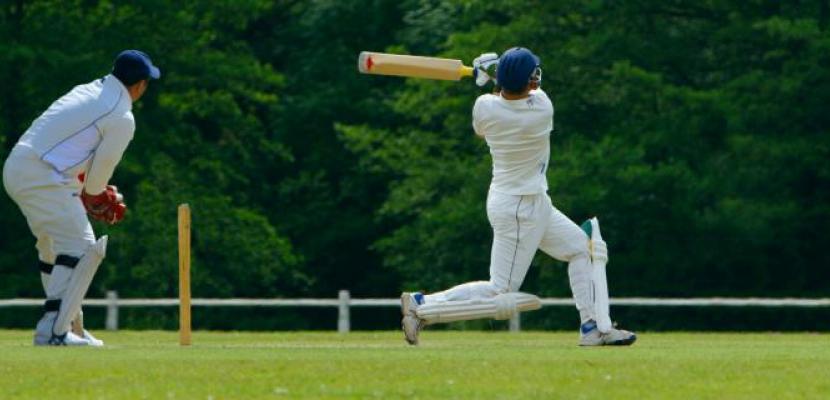
New Australian-first research from Bond University has shown that while elite cricketers play much more intensely, their hamstring strength is no greater than that of school level players, which is potentially causing the high number of hamstring injuries seen at the game’s top level.
Hamstring strain injuries (HSIs) are the most prominent form of injury in professional cricket, evidenced by Aaron Finch who was recently sidelined by a hamstring injury that saw him lose the Australian Twenty20 team captaincy to Steve Smith ahead of the World T20 in India this month.
The recently published study from Bond University - led by Masters of Research student Wade Chalker and Associate Professor Justin Keogh from Bond's Faculty of Health Sciences and Medicine - compared the eccentric hamstring strength and hamstring strength asymmetries of elite, sub-elite and school level cricket players and found no significant difference across the three groups.
The research, which encompassed 16 participants from the Queensland Bulls, looked at the eccentric hamstring strength of 74 male bowlers and batters and found no difference between the three distinct skill levels nor a difference between playing positions.
Following these findings Mr Chalker spent 11 weeks with the Queensland Bulls during pre-season to improve their eccentric hamstring strength through specialised training, which ultimately saw the team reduce its number of HSIs suffered by players from six injuries in the previous season, to just one in the 2014-2015 season.
Mr Chalker said the findings clearly suggested that a lack of eccentric hamstring strength may be the major risk factor behind why so many professional cricketers are sidelined by HSIs.
"Our research sought to identify trends and factors that may be causing elite players to suffer hamstring strains more frequently than junior players," he said.
"Comparing the hamstring strength of school level players to elite cricketers, and factoring in the difference in age, training and athleticism, you would expect to see stronger hamstrings in the professional players, however our research discovered that was not the case.
"The eccentric hamstring strength across all playing levels was almost identical, which is a major concern when you consider the intensity of today's modern game at the elite level.
"This is a significant finding for professional cricket as it may explain why we are seeing a continual increase in HSIs in elite players, but not amongst the school level players who are more likely to be injured by contact with the cricket ball.
"We also found no significant difference in eccentric hamstring strength between bowlers and batters, however bowlers are more at risk of this particular injury during the bowling phase as they experience greater forces through their body so we expect these findings to be of particular relevance to this group of players."
Mr Chalker said it was important to implement hamstring strengthening routines into training regimes in order to increase eccentric hamstring strength and to help reduce HSIs.
"Our recommendation is that teams need to be implementing eccentric-based strengthening exercises to strengthen hamstrings and reduce limb asymmetry," he said.
"While elite players incorporate various strength and conditioning routines into their training schedules, strengthening exercises need to be specifically targeted to the hamstring, with an exercise like the Nordic hamstring exercise - which is basically a leg curl you would do at the gym, but lowering the whole body to the ground.
"We also believe it is important to implement these strength-based training routines not only in professional cricket but also at the junior level, so young athletes are conditioned and ready to move up through the ranks if and when the time comes.
"The next phase of our research will look at the effect of using real time visual feedback to help athletes reduce limb asymmetries, which also plays a role in hamstring injuries, using computers to monitor cricketers' force output on both the left and right leg to identify and rectify asymmetries before they lead to injuries."